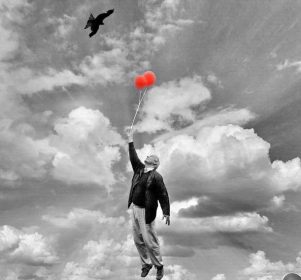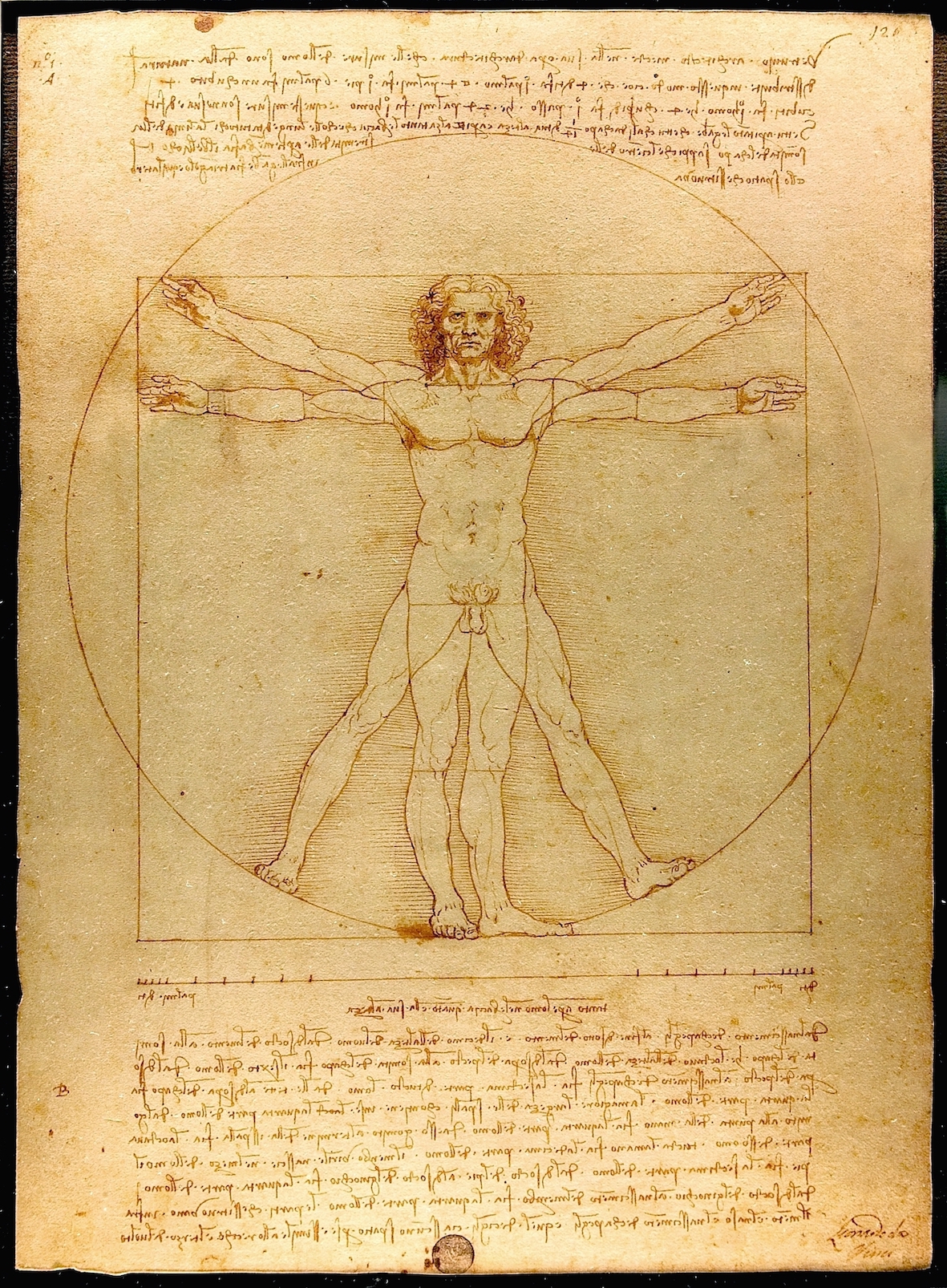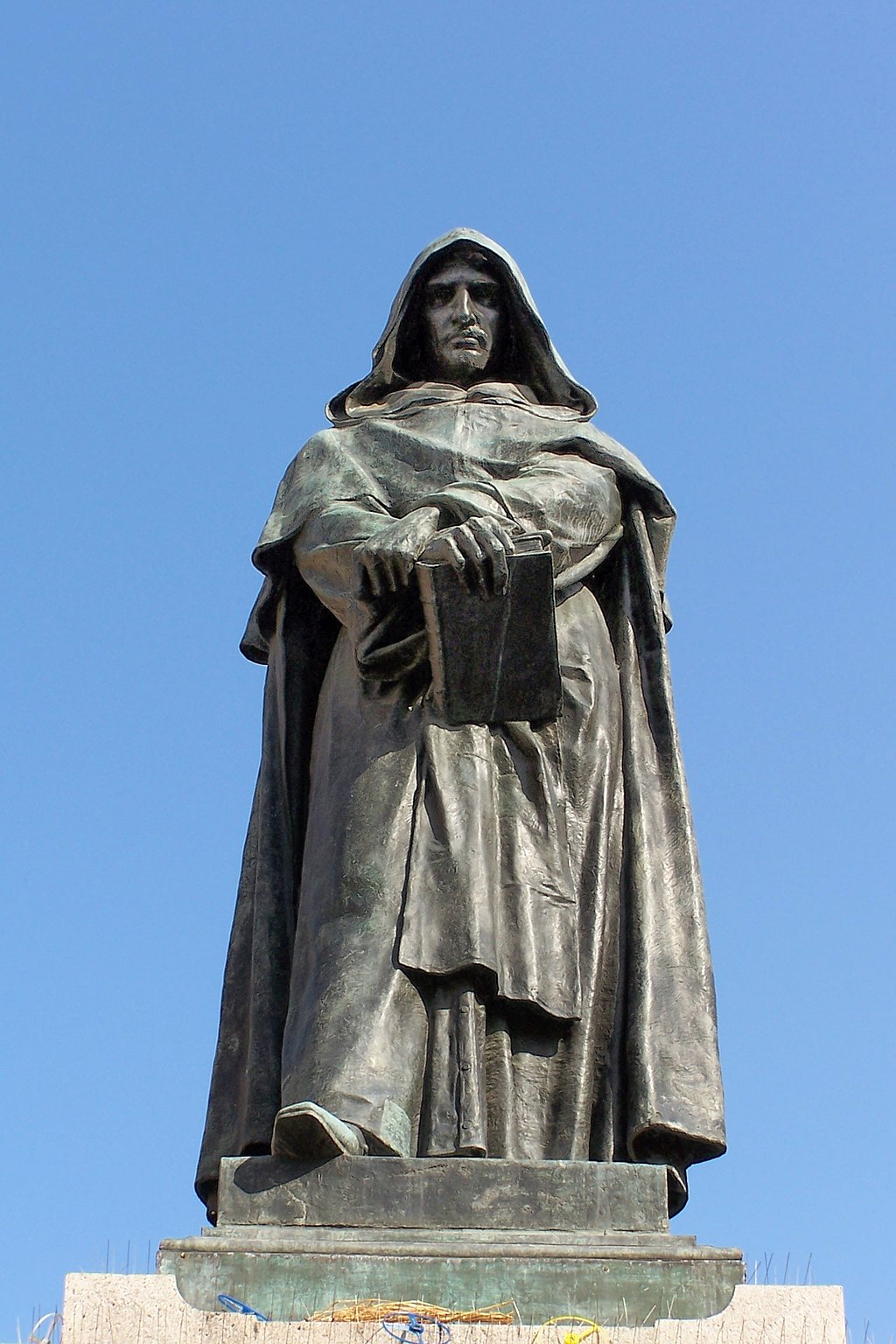The Journey of Individuation and the Power of Symbols
Article By Nataliya Petlevych
 A whole new fascinating world to explore opened up when the notion of the unconscious was discovered. The human being turned out to be not such a straightforward mechanism as had been thought before. And a major role in understanding the importance of the unconscious and its role in shaping human personality and life was played by Swiss psychiatrist and psychoanalyst Carl Gustav Jung.
A whole new fascinating world to explore opened up when the notion of the unconscious was discovered. The human being turned out to be not such a straightforward mechanism as had been thought before. And a major role in understanding the importance of the unconscious and its role in shaping human personality and life was played by Swiss psychiatrist and psychoanalyst Carl Gustav Jung.
Jung developed a concept of individuation – the psychological evolution of an individual, a journey of discovering one’s true self. This process involves the expansion of consciousness and the development of an increasingly differentiated personality. Individuation is about actualizing that psychological map of growth we carry in our unconscious, integrating different parts of the unconscious into consciousness and becoming a more fully realized individual. One key aspect of individuation lies in understanding the language of symbols, because symbols are a bridge between unconscious and conscious.
The unconscious cannot directly communicate with the conscious part of ourselves, so symbols come to help. When exploring a symbol, an individual is led to “ideas that lie beyond the grasp of reason”. Unlike signs that denote objects, symbols are used to represent concepts that cannot be fully rationally defined or grasped. In addition, symbols bring psychological energy, as they also appeal directly to our emotions and feelings. According to Jung, symbolic understanding is constructive as it enables comprehension of meaning and purpose of multifaceted structures within our psyche, as opposed to reductive explanation provided by signs.
For example, the symbol of a tree might represent the concept of life and growth, with its roots representing the foundation and its branches representing the potential for expansion. This symbol could be explored and understood on a deeper level, leading to insights about one’s own growth and development. In contrast, a sign denoting a tree would only represent the physical object, without any deeper meaning.
Symbols are an important tool in helping individuals make sense of their experiences and connect with their deeper selves, both on a personal and transpersonal level. Along with the symbols connected to our personal experiences, there are also universal structures manifested through symbols and myths that are shared by all people – archetypes. They belong to humankind collectively and are shared experiences and inherited knowledge of humanity. In addition to the personal unconscious, they form another deeper layer of the unconscious of a human being – the collective unconscious. It is in this collective unconscious where one finds their map of psychological growth and can follow the path of individuation.
Emerging from the collective unconscious, that map is expressed in the unconscious of each person through symbolic language and figures, manifesting itself in various forms such as mythological narratives, artistic representations, religious texts, tales, stories, and dreams. Where does this map lead to? The final goal of this path is not external, but at the very centre of a human being – the self, or the “forgotten god”, as Plato described it. The symbolic language of myths, such as those of Arjuna in the Bhagavad-Gita, Hercules and his labours, or Theseus and his fight with the minotaur, shed light on the journey and its challenges. On the path towards one’s centre, an individual progresses through various stages and overcomes various challenges, gaining a higher level of knowledge and understanding of their true self in the process. Along this journey, he or she works to bring light to the darker, chaotic aspects of their being, known as the shadow, and to integrate their opposing forces, such as the anima and animus. Jung likened this process to alchemy, in which the human being is transformed from lead into gold, uniting their soul with the soul of the universe.
By exploring and working with symbols and myths, individuals can gain a deeper understanding of themselves and their place in the world, as well as become a mythological creator of their own life.
Image Credits: By Hartwig HKD | Flickr | CC BY-ND 2.0
The entity posting this article assumes the responsibility that images used in this article have the requisite permissionsImage References
By Hartwig HKD | Flickr | CC BY-ND 2.0
Permissions required for the publishing of this article have been obtained




A brillant article. It summarises succinctly the concepts of individuation and Archetypes, something i have struggled with as a lay reader in reading Care of the Soul by Thomas Moore recently.
Chris